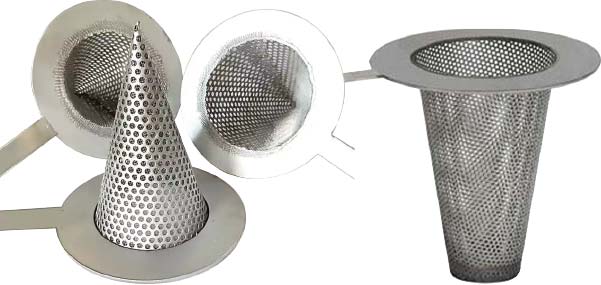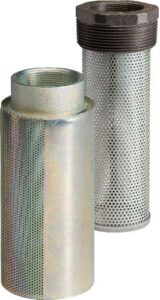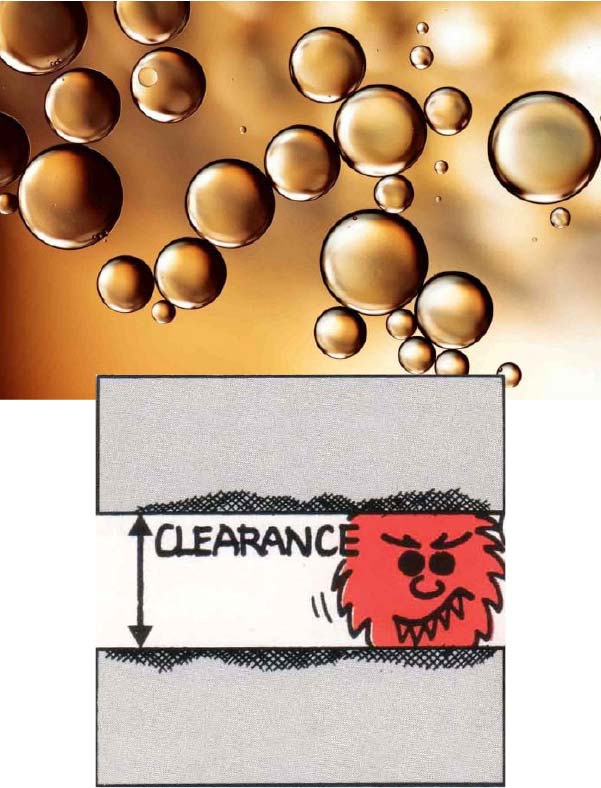Contamination is always present and new contamination is generated continuously within every hydraulic system. Unless the contamination is controlled, disastrous results will most likely occur. Let’s take a look at the sources of contamination.
There are four distinct origins of contamination.
1. Built-In Contamination. Manufacturers of hydraulic tanks and components are generally careful to supply clean products. However, despite how much effort is put forth in doing this, new equipment does contain some contamination. For example, this might include sand, moisture, pipe sealants, weld scale, dust, dirt, burrs, paint, or other things of this nature. There may even be a little surface rust that occurs following manufacture. Keep in mind that things like weld scale, sealants, or even paint might not loosen until the system has been in operation for a period of time and been subject to vibration that occurs during system operation.
2. Internally Generated Contamination. This example of contamination is caused by the moving parts within the system when it is in operation. Contamination is caused by wear, component fatigue, cavitation, and oxidation of the fluid being used in the system.
3. Ingressed Contamination. This type of contamination is produced during servicing or maintenance of the hydraulic system. If the system is located in an environment which is dirty or polluted, then this will have an effect on the cleanliness of the fluid. Contamination can be ingressed through the breather location as well.
4. New Oil. This is a very common area. When new hydraulic oil is delivered it is probably in old or reused drums. Therefore, when the oil is introduced into the system, it isn’t uncommon to find some sort of contamination already in the oil. These drums are very rarely “cleaned” well enough before being filled with oil.
 Cross Reference Guide
Cross Reference Guide
 Cross Reference Guide
Cross Reference Guide
 Tank Diffusers
Tank Diffusers
